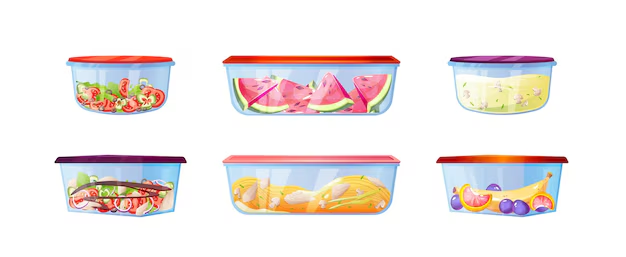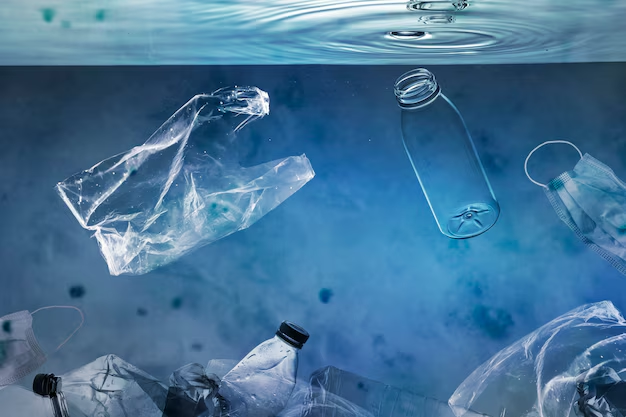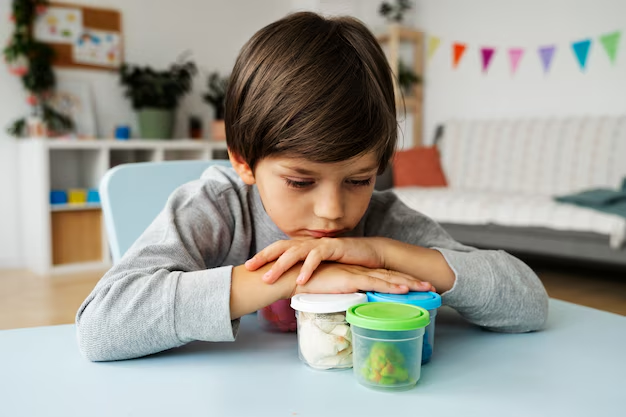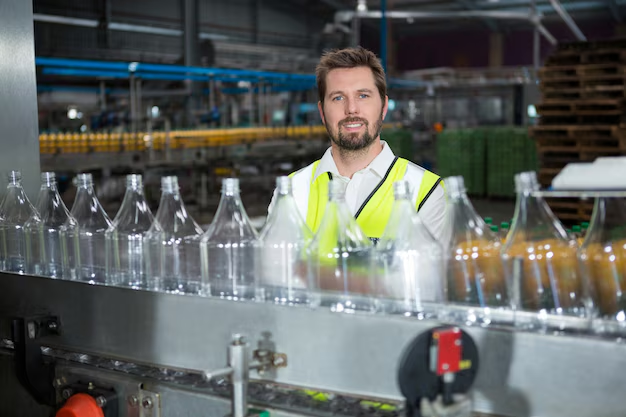Table of Contents
Introduction
Plastics, while being a symbol of modern convenience, pose significant risks to human health. Their widespread usage, from food storage to medical devices, means that we are exposed to plastic daily. However, scientific studies reveal that the benefits of plastics come with hidden costs, particularly in the form of health hazards caused by their chemical components and waste byproducts. Understanding these impacts is the first step toward reducing risks and advocating for safer alternatives.
Types of Plastics and Their Common Uses
Plastics are categorized into various types based on their chemical structure and properties. Each type serves specific purposes:
- PET (Polyethylene Terephthalate): Commonly used in water bottles and food containers because it is lightweight and transparent.
- HDPE (High-Density Polyethylene): Found in items like milk jugs and detergent bottles due to its strength and durability.
- PVC (Polyvinyl Chloride): Used in pipes, medical equipment, and packaging but is notorious for its toxic additives.
- LDPE (Low-Density Polyethylene): Found in shopping bags and food wraps, it is flexible and inexpensive.
While each type of plastic has distinct uses, many of them release harmful chemicals into the environment and directly into the human body, depending on how they are handled or disposed of.

Chemical Components in Plastics
Plastics are not as inert as they may seem. They are manufactured with additives that enhance their properties, such as flexibility, durability, or color. However, many of these additives are harmful to health:
- Bisphenol A (BPA): An industrial chemical often used in food containers and bottles, BPA can mimic estrogen, disrupting hormonal balance.
- Phthalates: Added to plastics to make them soft and flexible, these are linked to reproductive health issues.
- Heavy Metals: Some plastics contain toxic metals like lead or cadmium, which can accumulate in the body and cause long-term health issues.
These substances can leach out of plastics under certain conditions, such as heat, exposure to sunlight, or when in contact with acidic or fatty foods.

Plastics and Food Contamination
When plastics are used to store, cook, or serve food, there’s a high risk of chemical contamination. For instance:
- Reheating food in plastic containers or microwaving them releases harmful compounds into the food.
- Using single-use plastics, such as takeaway containers, can result in chemical leaching when in contact with hot or oily meals.
Switching to non-plastic alternatives such as glass or stainless steel for food storage and preparation can significantly reduce these risks.

Microplastics in Food and Water
Microplastics, which are tiny fragments of degraded plastic, have infiltrated the global food and water supply. Research has detected microplastics in:
- Seafood: Marine animals ingest plastics in their environment, making their way into human diets.
- Bottled Water: Studies reveal that bottled water often contains microplastic particles.
- Table Salt: Ocean-derived salt is increasingly found to be contaminated with microplastics.
While the long-term health effects are still under investigation, concerns include potential inflammation, toxicity, and accumulation of these particles in human tissues.

Endocrine Disruptors in Plastics
Endocrine-disrupting chemicals (EDCs) in plastics, such as BPA and phthalates, interfere with the body’s hormonal system. These disruptions can lead to:
- Reproductive Health Issues: Reduced fertility, altered reproductive development, and hormonal imbalances.
- Child Development Problems: Prenatal exposure to these chemicals can affect brain development and growth.
- Obesity and Diabetes: EDCs have been linked to metabolic disorders and increased fat storage.
Even at low levels, these chemicals can have significant health effects, especially in vulnerable populations like pregnant women and children.

Respiratory Issues and Plastic Production
The production and disposal of plastics release harmful toxins into the air, water, and soil.
- Plastic Manufacturing: Workers in factories are often exposed to airborne particles and fumes that can cause respiratory issues such as asthma or chronic bronchitis.
- Plastic Burning: In regions where plastics are burned as waste, toxic gases such as dioxins are released, leading to air pollution and respiratory problems for nearby populations.
The impact of these airborne pollutants extends far beyond factory workers, affecting entire communities and ecosystems.

Plastics and Cancer Risks
Certain chemicals in plastics are classified as carcinogens, meaning they have the potential to cause cancer.
- Styrene, found in products like Styrofoam, is a suspected carcinogen.
- Dioxins, released during the burning of plastics, have been linked to cancers such as lymphoma and lung cancer.
The connection between prolonged exposure to these chemicals and cancer underscores the need for strict regulations and reduced plastic use.
Immune System and Plastic Pollution
Exposure to chemicals in plastics can also impact the immune system:
- Immune Response Impairment: Prolonged exposure to plastic-related toxins can weaken the body’s ability to fight infections.
- Autoimmune Disorders: Chemicals in plastics are suspected to trigger or exacerbate autoimmune conditions.
A compromised immune system increases vulnerability to various diseases, highlighting the need to minimize contact with harmful plastics.
Impacts on Children and Vulnerable Groups
Children, pregnant women, and elderly individuals are particularly susceptible to the harmful effects of plastics:
- Children: Developing bodies absorb toxins more easily, leading to developmental delays or behavioral issues.
- Pregnant Women: Chemical exposure can affect fetal growth and lead to complications such as low birth weight.
- Elderly: Pre-existing health conditions make older individuals more vulnerable to plastic-related toxins.
Special care must be taken to protect these groups through informed choices and stricter safety regulations.
Strategies to Minimize Plastic Exposure
Reducing personal exposure to harmful plastics involves practical lifestyle changes:
- Switch to Reusables: Use glass or stainless steel containers for food storage.
- Avoid Heating Plastics: Never microwave food in plastic containers.
- Choose BPA-Free Products: Look for safer alternatives labeled “BPA-free.”
- Reduce Bottled Water Usage: Opt for reusable bottles and filtered tap water.
These steps not only safeguard health but also contribute to environmental conservation by reducing plastic waste.
Scientific Efforts to Mitigate Risks
The scientific community is actively seeking alternatives to traditional plastics, focusing on:
- Biodegradable Materials: Developing plastics that break down naturally without releasing toxins.
- Innovative Packaging: Replacing single-use plastics with materials like algae-based wraps or paper alternatives.
- Health Research: Ongoing studies aim to understand the long-term health impacts of microplastics and other plastic-related chemicals.
These innovations, supported by government policies and consumer demand, are paving the way for a healthier, more sustainable future.
Conclusion
The widespread use of plastics has brought undeniable convenience but at a significant cost to human health. From hormone disruption to cancer risks, the scientific evidence is clear: we need to address the dangers of plastic exposure. By making informed choices, supporting innovations, and advocating for policy changes, we can reduce these risks and move toward a safer, plastic-free future.
FAQs
1. Can plastic exposure cause long-term health problems?
Yes, long-term exposure to plastic chemicals can lead to chronic conditions such as hormonal imbalances, cancers, and immune disorders.
2. Are all types of plastics equally harmful?
No, some plastics are considered safer (e.g., PET and HDPE), while others, like PVC and polystyrene, contain more harmful additives.
3. How can I identify products with harmful plastic chemicals?
Look for labels such as “BPA-free,” and avoid plastics with recycling codes 3, 6, and 7, which often contain toxic additives.
4. What are the safest alternatives to traditional plastics?
Reusable materials like glass, stainless steel, bamboo, and silicone are considered safer and eco-friendly alternatives.
5. What role does government regulation play in reducing risks?
Governments play a crucial role through policies that ban harmful plastics, enforce recycling standards, and support sustainable innovations.
